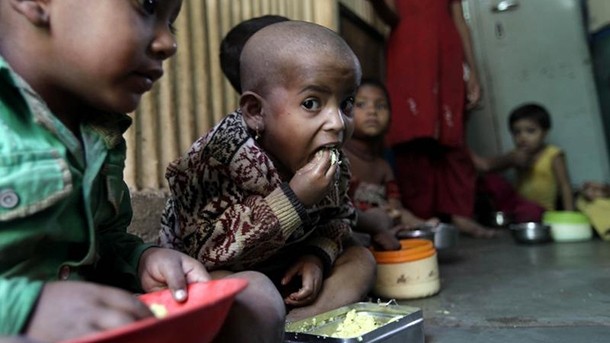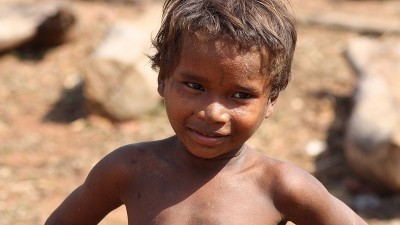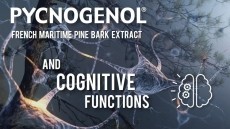Indian researchers devise paste for world's most malnourished kids

The team, from the Indian Institute of Technology Kharagpur in West Bengal, came up with five formulas using peanut, potato and Bengal gram as their core ingredients as part of a project sponsored by the government’s Department of Biotechnology and a Delhi-based industry partner, Gattapu Chemicals, to the tune of Rs1.8cr (US$2.9m).
Most vulnerable
It is hoped the results of the research will benefit the world’s 2.6m children under the age of five who are estimated to die each year from SAM.
According to World Health Organisation, SAM is responsible for severe wasting that may be accompanied by swelling of the body through fluid retention. The WHO has labelled sufferers as being among the most vulnerable people in the world.
The new easily-digestible formulation can be sold in pouches as food paste, with each formula designed to suit different tastes and nutrition requirements.
The researchers behind the paste said it contains all the vitamins, minerals, nutrients and protein a malnourished child needs, and could be sold at a profit by the industry at Rs50-60 (US$0.80-1.00) per kilo.
Gattapu Chemicals will have the right to market as a result of its part-sponsorship of the project.
Formulated for treatment
Out of the 20m children worldwide, mainly in sub-Saharan Africa and South Asia, with SAM, India is home to 8.1m.
"SAM is diagnosed when the circumference of the upper arm is less than 115mm or when the weight for the height of a child is severely reduced," HN Mishra, professor of food technology and principal investigator of the project, agricultural and food engineering department at the IIT, told IANS.
“They are very thin as most of their fat and muscle has been used by their bodies to stay alive.
"As per WHO guidelines, the SAM children who do not require hospitalisation can be administered specially formulated nutrient-rich foods at home for treatment. The proportions of essential nutrients required have also been designated.”

















